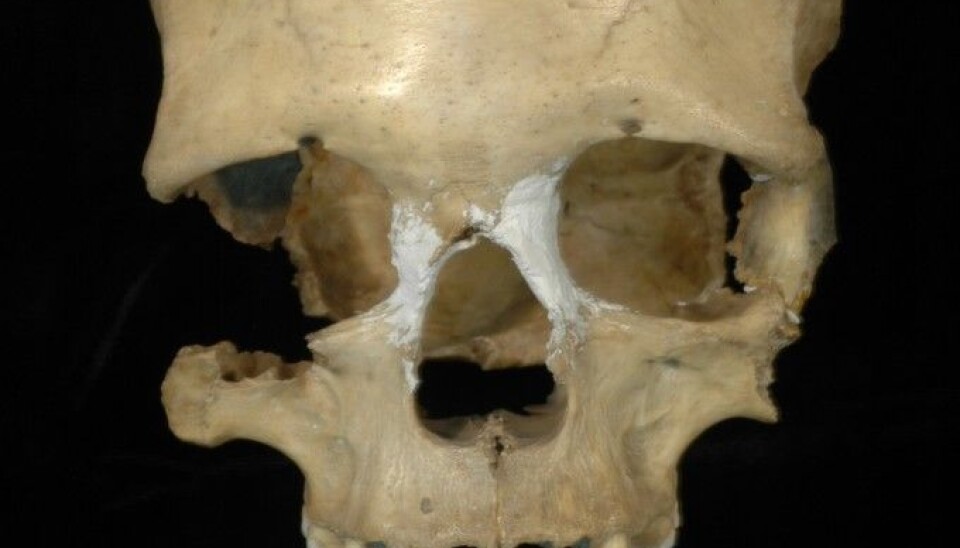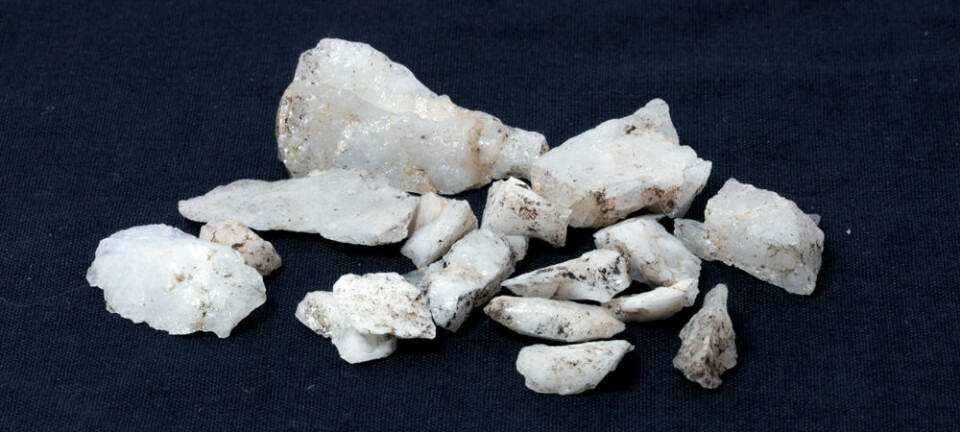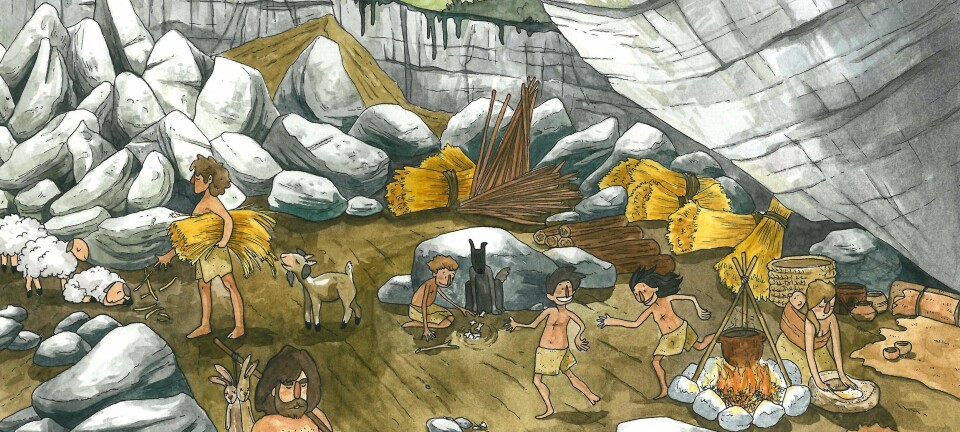
Ice Age Europeans migrated back to Africa
Fossil DNA suggests that the early Europeans migrated back to Africa during the Last Glacial Period, around 45,000 years ago.
DNA from a Stone Age woman traces a line of descent between early Europeans and modern day Africans.
This new genetic thread suggests that after modern humans first left Africa, somewhere between 100,000 and 50,00 years ago, a group of early Europeans decided to head back.
The new results confirm a previously held hypothesis that a group of humans from southeast Europe migrated through west Asia to north Africa during the Stone Age, around 45,000 years ago.
The results are published in the journal Scientific Reports.
Fossil DNA records our history
The first modern humans emerged in Africa around 200,000 years ago and began colonising the rest of the world between 100,000 and 50,000 years ago.
The first Europeans arrived via the Middle East around 45,000 years ago where they quickly replaced the existing Neanderthal population--our closest living relatives.
But from studies of fossil DNA, scientists in recent years have pieced together a much more nuanced story.
They have mapped the Neanderthal’s genetic history to show that we in fact descend from a combination of both Neanderthals and Homo Sapiens.
And fossil DNA has begun to report on major migrations such as the arrival of farmers in Europe about 8000 years ago and immigrations from the Russian steppes during the Bronze Age, both of which have shaped modern European genetics.
Read More: History rewritten: Europeans were “born” in the Bronze Age
"We’ve been a little spoilt with the release of huge genomic datasets, and on that basis this study is a more modest contribution, but it's definitely interesting," says Morten Allentoft, an Assistant Professor from the Center for GeoGenetics, University of Copenhagen, Denmark, who was not involved in the study.
Stone Age woman holds clues about our ancestors’ travels
In the new study, the scientists extracted and mapped DNA from the fossilised teeth of Peştera Muierii 1 (PM1)--a Stone Age woman who lived in Romania about 35,000 years ago.
They initially identified a small part of the genetic material from the cell's 'energy factories', the so-called mitochondria, which are only passed down the female line through mitochondrial DNA (mtDNA).
This means that we can trace our genetic heritage through the female line and follow our ancestors’ movements as they migrated around the world.
Stone Age woman origins traced to Africa
Scientists look for patterns of mutations that have occurred in mtDNA that eventually become characteristic of certain populations.
These patterns are called haplotypes and scientists currently think that the oldest haplotypes in Europe, belong to group U. These are traced back to a woman who is believed to have lived some 55,000 years ago.
In this study, the mitochondrial genome of PM1 shows that she belonged to a side branch of the D group haplotype, a somewhat mysterious line called U6. This is believed to represent the earliest traces of the U-haplotypes in Europe.
But U6 is in fact widespread in Northwest Africa today, which has led some scientists to suggest that people carrying the U-type line didn’t just follow the flow of migrants out of Africa, they actually moved back following the Mediterranean coast.
New results confirms hypothesis
The new discovery gives scientists a sneak-peek into these migrations.
The Romanian woman’s U6 haplotype has only two of the characteristic U6 mutations found in Africans today. So it is rather basic in comparison.
The other mutations must therefore have developed later, which suggests that some of the early Europeans actually migrated back to Africa.
"[Finding] a simple U6 mitochondrial variant outside Africa 35,000 years ago suggests that the more diverse U6-variants of the current African populations may be explained by a return migration from Eurasia, rather than a U6-origin in Africa," says Morten Allentoft.
"But for a more detailed understanding of the connection we need to map the core genome of this individual. And I would guess that my colleagues are working flat out to solve this mystery!"
-------------
Read the Danish version of this article on Videnskab.dk
Translated by: Catherine Jex











